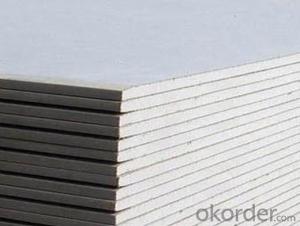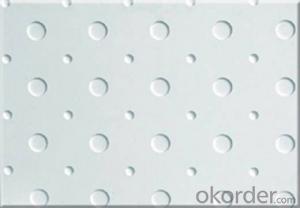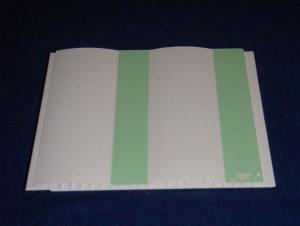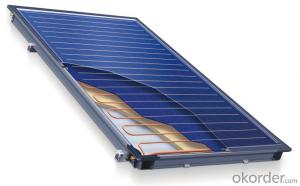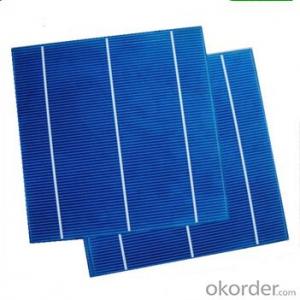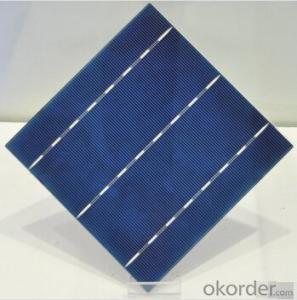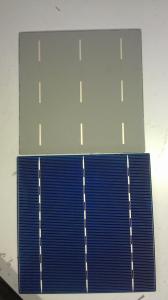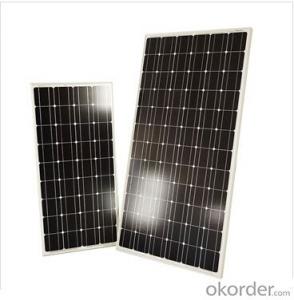Cells Germany Solar Panels
Cells Germany Solar Panels Related Searches
Best Inverter For Solar Panels Inverter Box For Solar Panels Inverter For Solar Panels Cost Fiberglass Panels For Roofing Foam Panels For Building Wall Lights For Bedrooms Geogrid For Retaining Wall Tar Paper For Roofing Wall Spotlight With Plug Woven Steel Mesh PanelsHot Searches
Steel Mesh Panels For Sale Price For Stainless Steel Scrap Scrap Price For Stainless Steel Price For Stainless Steel Stainless Steel Tank For Sale Cheap High Tea Sets For Sale Stainless Steel Tanks For Sale Stainless Steel For Sale High Density Fiberboard For Sale Solar Hot Water Collectors For Sale Scaffolding For Sale In Uae Scaffolding For Sale In Ireland Scaffolding For Sale In Houston Type Of Inverter For Solar Price Of Shipping Containers For Sale Types Of Inverter For Solar Stock Price For Aluminum Used Solar Inverter For Sale Portable Led Signs For Sale Steel Mesh Panels For SaleCells Germany Solar Panels Supplier & Manufacturer from China
Okorder.com is a professional Cells Germany Solar Panels supplier & manufacturer, offers integrated one-stop services including real-time quoting and online cargo tracking. We are funded by CNBM Group, a Fortune 500 enterprise and the largest Cells Germany Solar Panels firm in China.Hot Products
FAQ
- The payback period for installing solar cells varies depending on several factors, such as the initial cost of installation, the amount of energy generated by the solar cells, and the cost of electricity in the area. Generally, the payback period ranges from 5 to 15 years, but it can be shorter or longer depending on these factors.
- The history of solar cell development dates back to the 19th century when French physicist Alexandre-Edmond Becquerel discovered the photovoltaic effect, which is the basis for solar cell technology. However, it was not until the 1950s that the first practical solar cells were developed, primarily for use in space exploration. Over the years, advancements in materials and manufacturing techniques have led to improved efficiency and affordability of solar cells. Today, solar cells are widely used to generate clean and renewable energy for various applications, ranging from powering homes and buildings to providing electricity in remote areas. Ongoing research and development continue to push the boundaries of solar cell technology, aiming to enhance efficiency, durability, and accessibility to harness the sun's energy more effectively.
- Yes, solar cells can be used to power electric fences. Solar panels can convert sunlight into electricity and store it in batteries, which can then be used to power the electric fence. This allows for a sustainable and reliable power source for electric fences, especially in remote locations where connecting to the grid may not be feasible.
- Yes, solar cells can be used in underwater applications, but they require special design considerations.
- Yes, solar cells can be used to power remote sensors. Solar cells convert sunlight into electricity, making them ideal for remote locations where other power sources may be unavailable. By harnessing the sun's energy, solar cells can provide a reliable and sustainable power supply for remote sensors, ensuring their continuous operation without the need for frequent battery replacements or wired connections to the grid.
- The average cost of a solar cell varies depending on factors such as the type of cell, its efficiency, and the size of the installation. However, as of 2021, the average cost is approximately $0.30 to $0.40 per watt for residential installations and $0.20 to $0.30 per watt for utility-scale installations. It's important to note that these costs have been decreasing over the years due to advancements in technology and increased adoption of solar energy.
- Solar cells play a crucial role in powering streetlights by converting sunlight into electrical energy, which is then used to illuminate the streetlights. They provide a sustainable and renewable source of power, reducing dependence on the electrical grid and minimizing carbon emissions. Moreover, solar cells enable streetlights to operate efficiently, even in remote or off-grid locations, making them an environmentally friendly and cost-effective solution for outdoor lighting.
- Yes, solar cells can be used to power electric gates. Solar cells, also known as photovoltaic cells, convert sunlight into electricity. When installed on the gate or nearby, solar cells capture sunlight and convert it into electrical energy, which can then be used to power the electric gate. This eliminates the need for a direct connection to the power grid, providing a sustainable and independent energy source for electric gates.


